Reading Your Land

A skilled farmer reads their land like a book. They do this by analyzing the vegetation, topography, soils, and other prominent landscape features. Through this, they make informed land management decisions that ensure healthy growth and abundant harvests.
A skilled farmer reads their land like a book. They do this by analyzing the vegetation, topography, soils, and other prominent landscape features. Through this, they make informed land management decisions that ensure healthy growth and abundant harvests.
Understanding Soil
Soils are about as diverse as the organisms that inhabit them. They can tell you about the environmental history and conditions that your soil arises in. Understanding your soils allows you to make important decisions on what you can and can’t grow. Most importantly how EASY it will be to grow certain crops.
Soils Are DIVERSE
Across a landscape, soils can be extremely diverse. This is specifically true if you have diverse topographies.
One of the best ways to “Dig RIGHT In” and study your soil is to do just that. Digging a hole!
Soil scientists across the world often start studying their soil by digging a hole and seeing what they find. Digging about 3 ft (1 meter) in depth is usually enough to give you a good picture of what you’re working with.
You will usually find different layers of soil known as “horizons”. More fertile and developed soils will have rich organic top soil. Infertile soils may have little to no topsoil.
Soil Color
Soil color can be an indicator of many different factors. Below are some general guidelines for understanding soil colors.
Dark Soils
Dark Soils tend to indicate an accumulation of organic matter. These are usually richer in nutrients, hold more water, and are generally more fertile. These are great for perennial fruit trees and crops that are heavy feeders. There are exceptions to this rule when naturally dark-colored soil sediments occur.
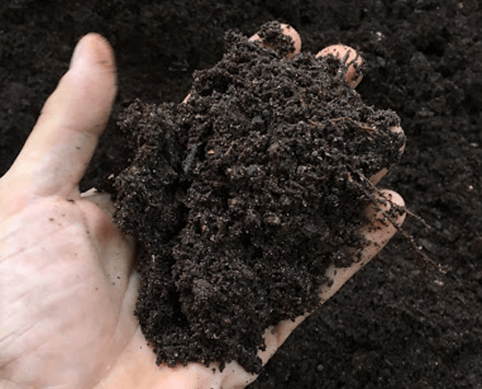
Dark soils like this are amazing for agriculture. You often find these in grasslands or forests.
Red Soils
These typically indicate very wet conditions. This can be caused by large quantities of rainfall or the settling of water, such as in a wetland. These are usually low in nutrients, acidic, and may have stagnant water during parts of the year. Otherwise, in dry climates, they indicate high quantities of iron.
White Crusts
White Crusts on top of the soil can indicate the presence of salts. This is usually caused by the evaporation of water in dry climates.
Other colors
Colors like Blue, Green, Yellow, and Orange are likely related to sediment types and the Rock they originate from.
Topography
Topography can have a huge impact on the quality of your soils. While this is pretty intuitive, some amateur farmers may not take it as seriously as they should. Even SMALL changes in topography can have major effects. This is particularly true when it comes to the abundance of water.
Raised Areas
Raised areas may have less water. This is because water drains away from these areas. This can be beneficial in extremely wet climates or detrimental in dry climates.
Hill Sides
Usually have little soil development. This is because the soil and organic matter will naturally erode towards the bottom of the hill.
Bottom of Hills
These may have the deepest and richest soils. This is where all the soil eroding from the hillsides accumulates. Lots of water draining from the surrounding landscape may also accumulate here.
Swales and Depressions
Topographic features like small depressions may have more abundance of water. If they’re really deep they may even have more shade than a flat surface. These may also have more shallow soils.
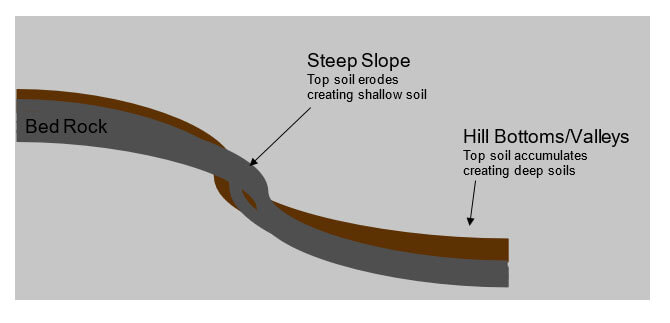
Soil Texture
Soil texture refers to the percentage of Sand, Silt, and Clay sediments present in your soil. These are the 3 main categories of soil sediments that are determined by particle size and tend to reflect specific soil qualities.
Identifying Your Soil Sediments
Clay– This is the smallest sediment size. Clay soils are easy to shape, sticky when wet, and tend to be soft.

Silt– Silt has intermediate properties. It tends to have a foamy “velvet” texture when wet. It can be formed into a ball but will not have the same strength and stickiness as Clay.
Sand– Sand is grainy and will not hold the shape of a ball. It’s exactly what you find on the beach or some river banks. You can easily feel and even hear sand when rubbing sandy soil between 2 fingers.
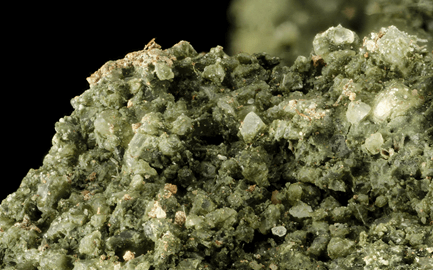
A close-up of sandy soil shows many individual particles. Silt and clay particles cannot be seen with the naked eye.
Properties of Clay, Sand, and Silt
Clay Soils
- Low drainage capabilities
- Can hold a lot of nutrients
- Can be easily compacted
- Can be easily washed by moving water
Sandy Soils
- Has lots of drainage
- Holds little nutrients
- Difficult to compact
- Not easily eroded by moving water
Silty Soils
- Typically have intermediate properties when compared to clay or sand.
- Can be easily eroded by winds.
Rocky Soils
Rocky soils can be difficult to work with. They will usually also be sandy and be extremely well-draining. In most cases, they hold little nutrients and will require proper amending.
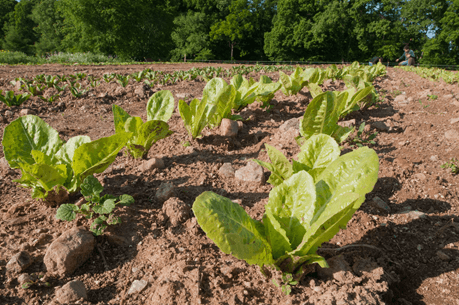
Rocks on the surface are an easy indication of rocky and sandy soils.
Plants as Indicators
Plants can be excellent indicators of soil and environmental conditions. That plants that naturally occur in a specific soil are usually the best suited to grow there. If you understand what the growing conditions of those plants are aka “their niche” you can attempt growing plants with a similar niche.
Mosses and Ferns
These usually indicate low-quality soils. They are low in nutrients and potentially compacted. This makes sense if you think about it, as many species of moss/ferns thrive on pure bed-rock!
Short-Lived Annuals
Plants like dandelions, wild mustards, and other short-lived plant species also indicate low-quality soils. Not quite as bad as moss/ferns but just slightly more fertile and developed soils. These sites may be good for planting things like mustard relatives, amaranth, sunflowers, and nitrogen-fixing plants like beans.
Short and Long-Lived Perennials
These may indicate higher quality soils. These are great for plant heavy feeders or other perennial species.
Wetland Species
Things like Reeds, Cattails, and other plants you see growing in wetlands in your region. These indicate excess water. Depending on your region it may be ILLEGAL to disturb wetlands.
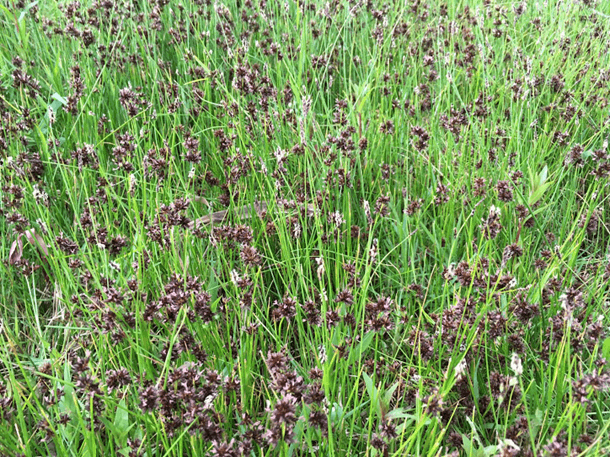
Rushes and Reeds often indicate wetlands. Make sure you know your local laws before disturbing a protected wetland!
